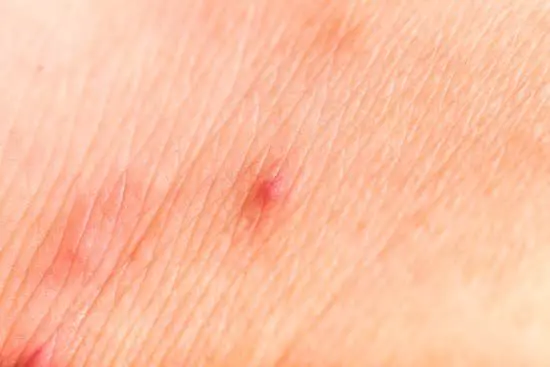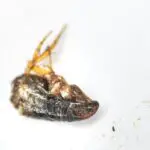How Bad Fleas Can Get
Fleas are blood-sucking parasites that infest humans and animals. The fleas feed by inserting their mouthparts into the skin and sucking blood from capillaries. This can lead to significant blood loss, causing anemia, which results in poor supply of oxygen to the body’s vital organs. In severe cases, anemia can cause organ failure.
Fleas are small, reddish-brown insects that feed on the blood of mammals, birds, and even humans. They have flat bodies, strong legs, and lack wings. Fleas are extremely easy to hide in upholstery and can cause a serious infestation. They reproduce quickly, and you can help control them by identifying and treating them early.
Fleas thrive in a warm, humid environment. However, they can survive in cold temperatures, where they will go into dormancy until the weather warms up. While the winter months may offer some respite from flea infestations, they still pose a significant health risk to humans and pets.
Adult fleas can live for several weeks without a host. This means that your pets can be exposed to fleas through backyard dog parks, kennels, and other environments where they interact with animals. Adult female fleas can lay as many as 50 eggs per day. Their life span can be as long as 100 days. They lay their eggs on sleeping animals. Their eggs are not sticky, so they fall into the pet’s bedding, where they will feed.
Fleas can be very painful for your pets, and they can even lead to anemia. If your pet is infected with fleas, it is important to treat them as quickly as possible.








